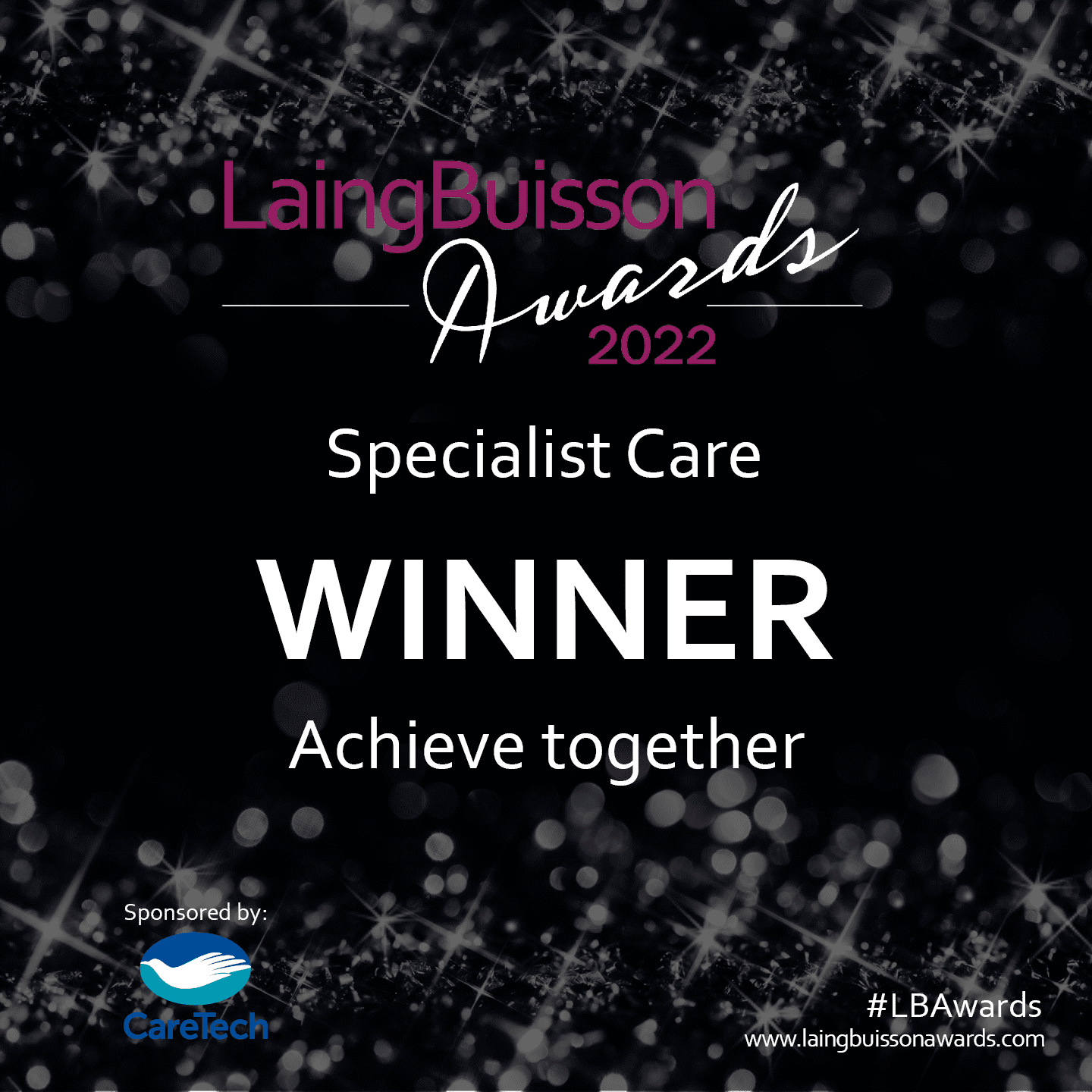Complex Epilepsy Awareness
This month we’re showcasing complex epilepsy.
Epilepsy is the most common neurological condition in the UK, affecting approximately 600,000 people and is disproportionately more prevalent for people with learning disabilities – affecting more than 1 in 5 people.
Here at Achieve together, we support over 2300 people within residential and supported living homes; just under 30% of this population has a diagnosis of epilepsy, and most of these individuals need direct support to manage their epilepsy.
Achieve together support a number of people with specific epilepsy syndromes, including Lennox-Gastaut, Dravet Syndrome, Retts Syndrome and also people with non-epileptic seizures – our skillset is strong; therefore, we are able to guide and support teams to provide personalised support to assist each person to live a happy, healthy and meaningful life, managing their epilepsy well.
Our aim is that people who experience epilepsy have the best possible seizure control, living a fulfilling life while managing risk proportionately and well. Importantly we aim for the person to have as much understanding and control over their condition as possible, so there is a significant focus on education and empowerment for the person supported.



